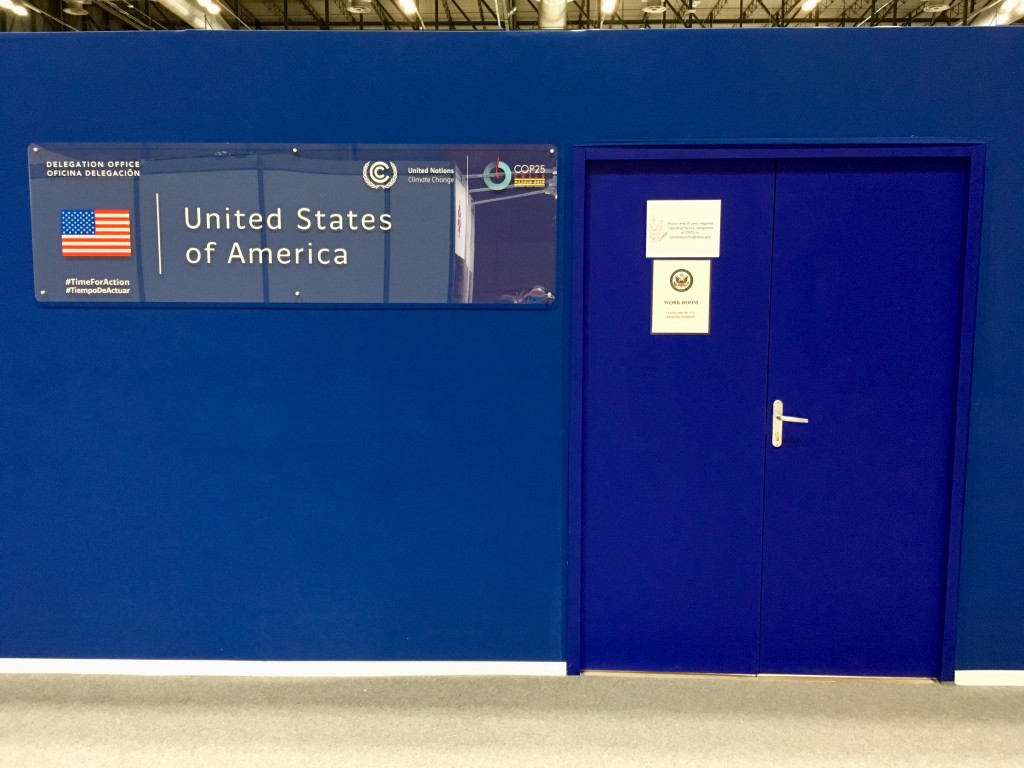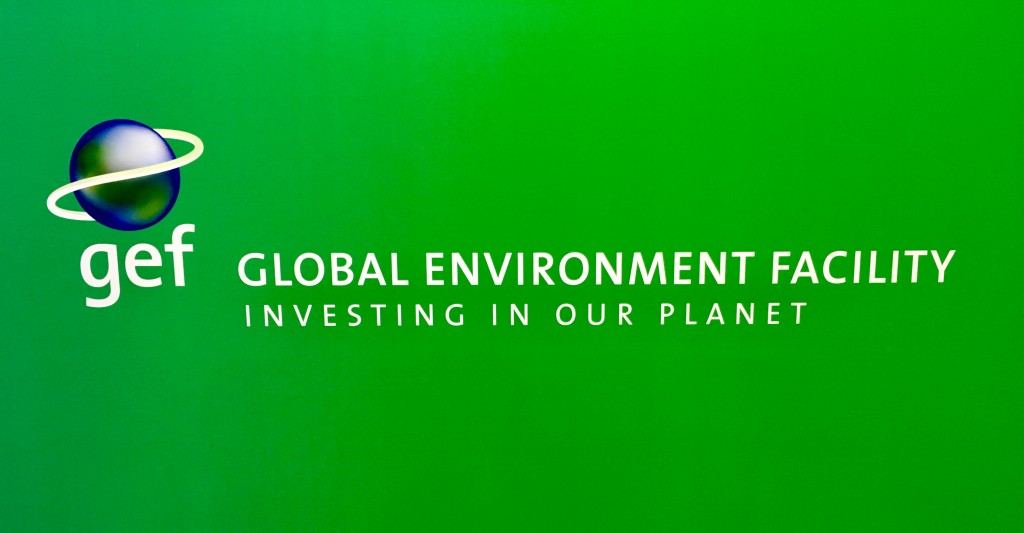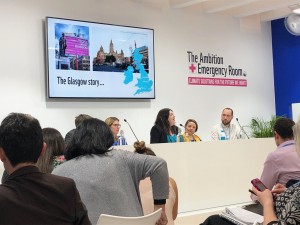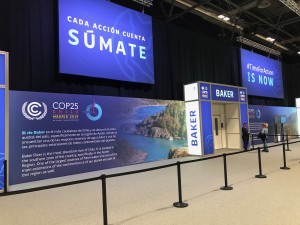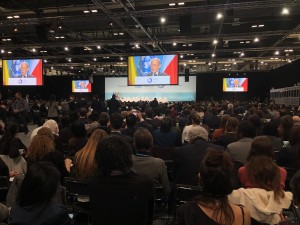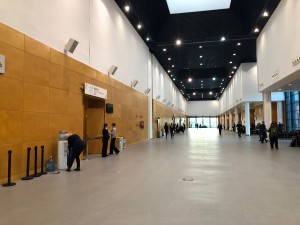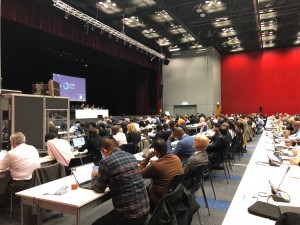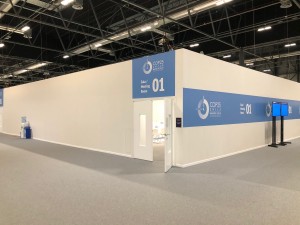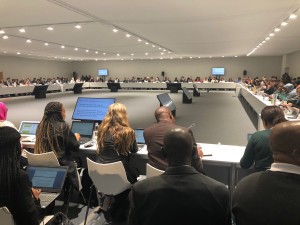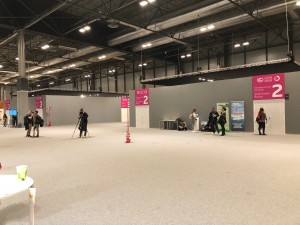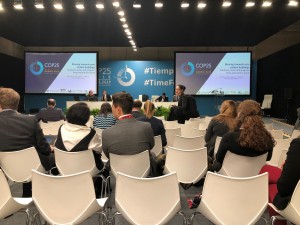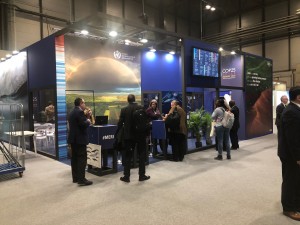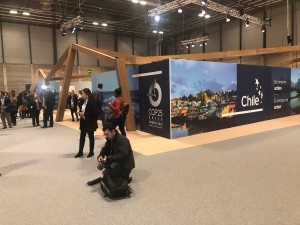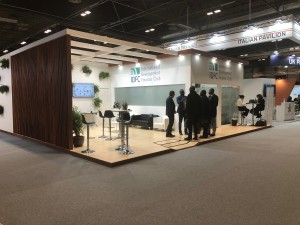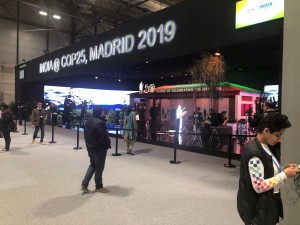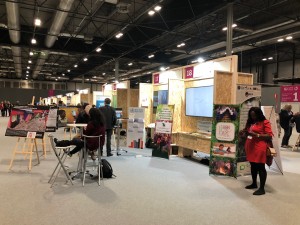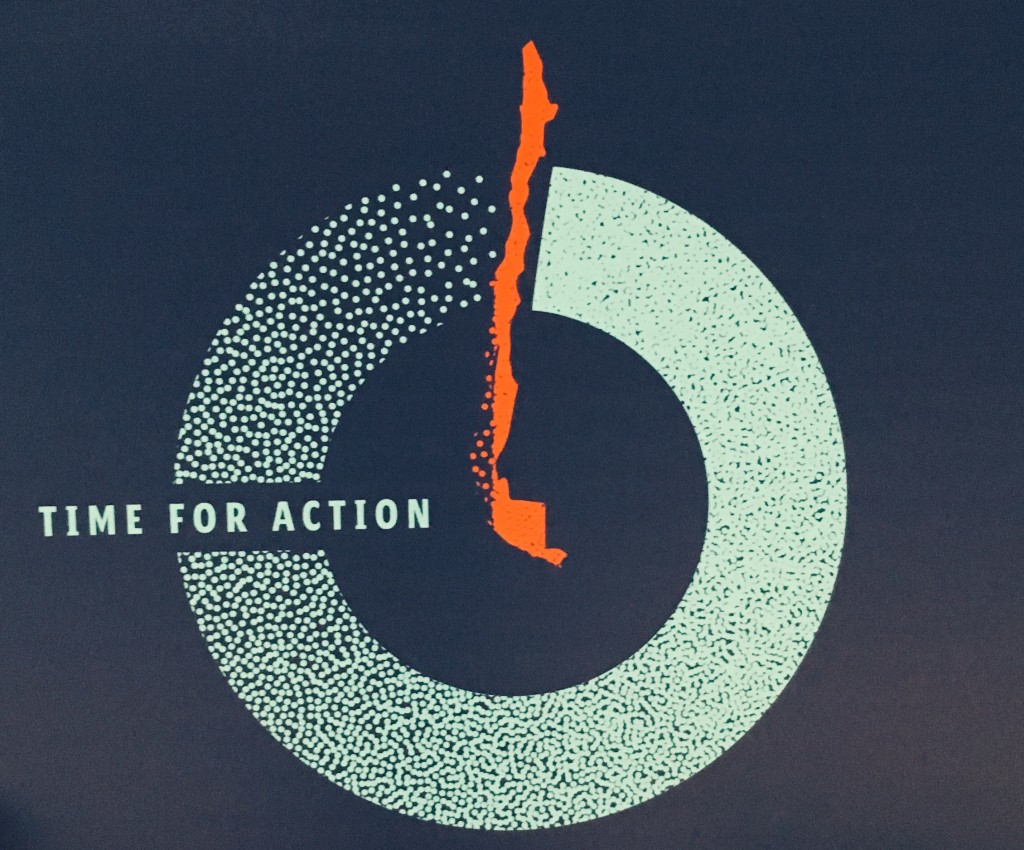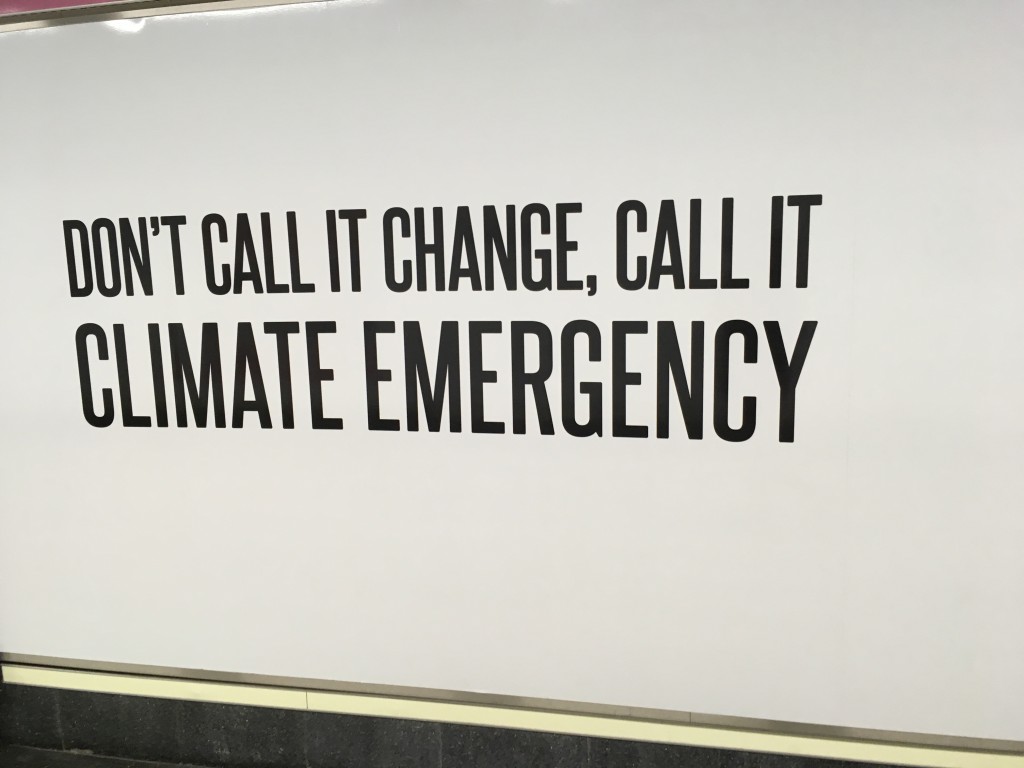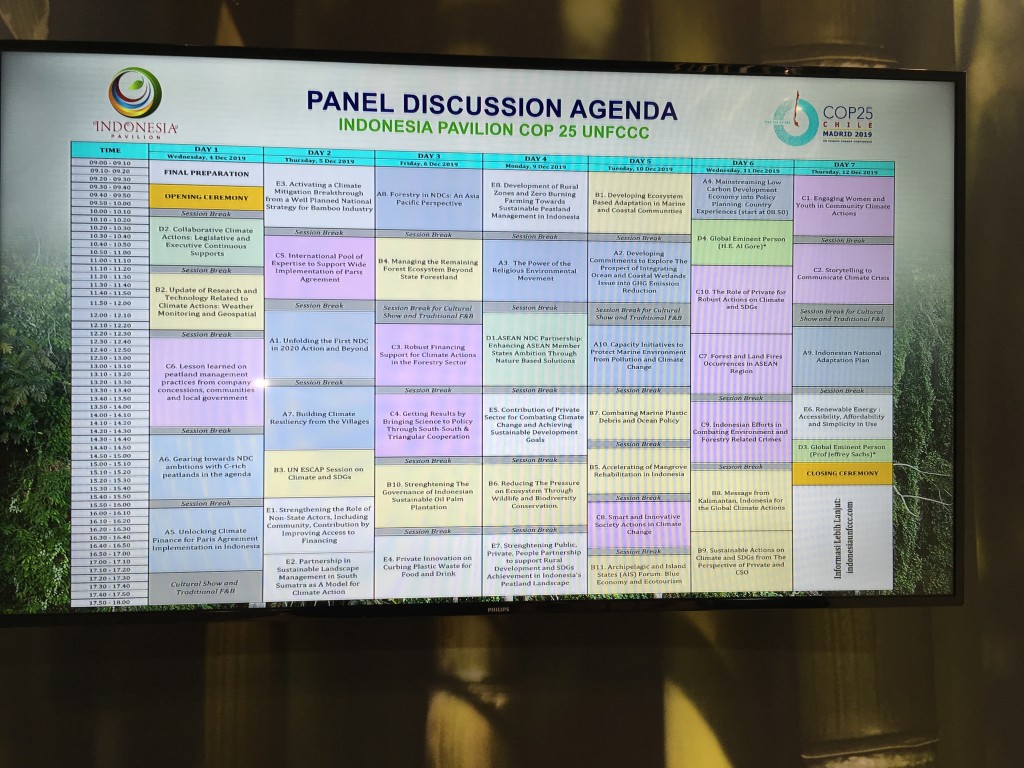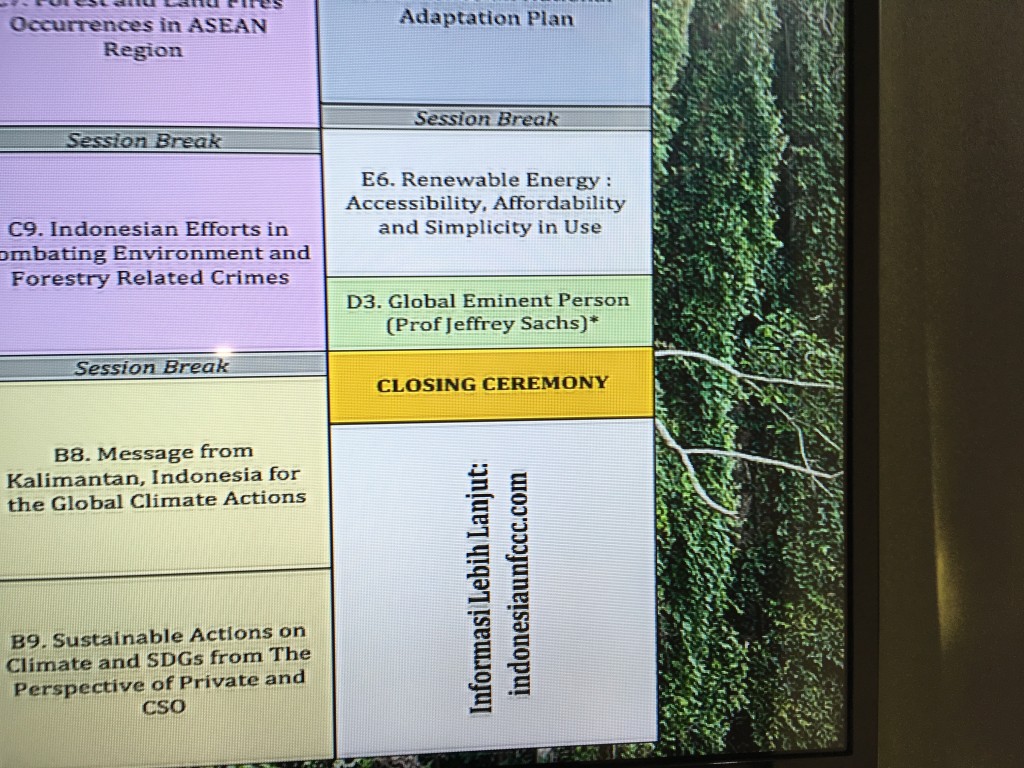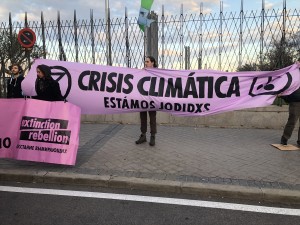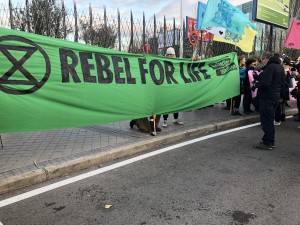Hi all, I’m currently sitting on the floor of the convention center with 20% laptop battery so this is going to be a shorter post! Today I went to another WIM negotiation, and things started to heat up quite a bit. Last night, the co-facilitators wrote up a draft document outlining a summary of the key recommendations the parties had suggested for enhancing the WIM throughout the week. Notably, there was absolutely no mention of additional financing for loss and damage, despite the fact that this request had been made multiple times. The LDCs, G77, Vanuatu, Uruguay, and Sudan came out strong, reminding the co-facilitators that additional finance for loss and damage was important to include on the summary document. The US, EU, Australia, and Japan, however strongly opposed the need for additional finance for loss and damage much more clearly than in any previous negotiations. The US negotiator that I met with a few days ago, Farhan, said that the WIM specifically had absolutely no role for the provision of additional finance, therefore completely prejudging the outcome of the WIM review and dismissing the pleas from LDCs and other supporting parties. This was personally a pretty heartbreaking moment for me – I was not proud to be from the US in that moment. Japan proceeded to talk up the use of adaptation funding to support loss and damage (a conflation issue I discussed in my last post), as well as the role of insurance facilities in helping with loss and damage (another problematic argument). Lastly, the EU said that they saw no value in creating additional finance for loss and damage, and that finance discussions should be reserved for COP agenda item 8 in the finance room. These were all highly disappointing stances, given the urgent need for financial support in the most vulnerable countries. This session ran over time by an hour and a half, and another informal session may be scheduled for tomorrow at 4pm (I wonder how long the WIM review sessions can be extended…). More updates to come, but the unified stance against additional financing from the US and EU is incredibly disappointing, to say the least.
BTW, good introduction to WIM here – https://www.youtube.com/watch?v=yXK1W0S015I
